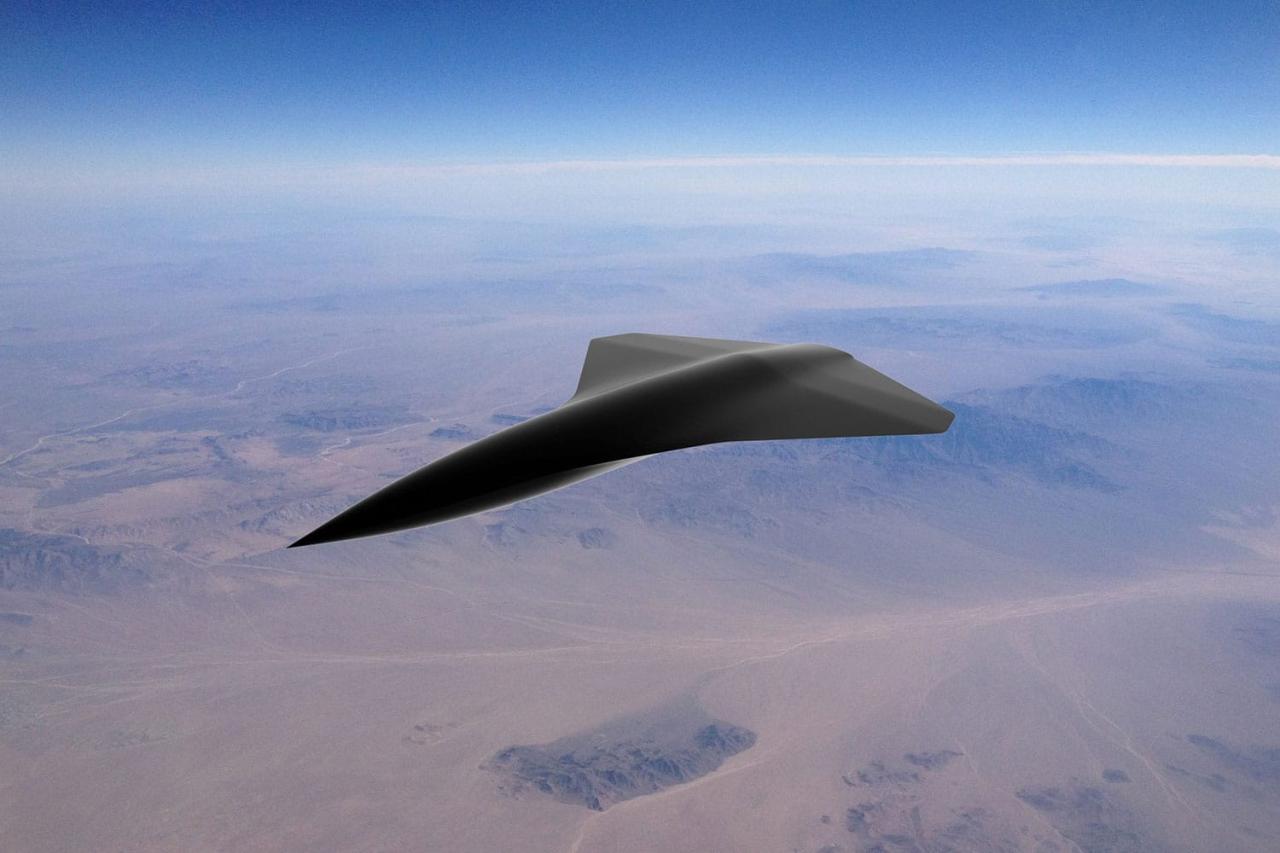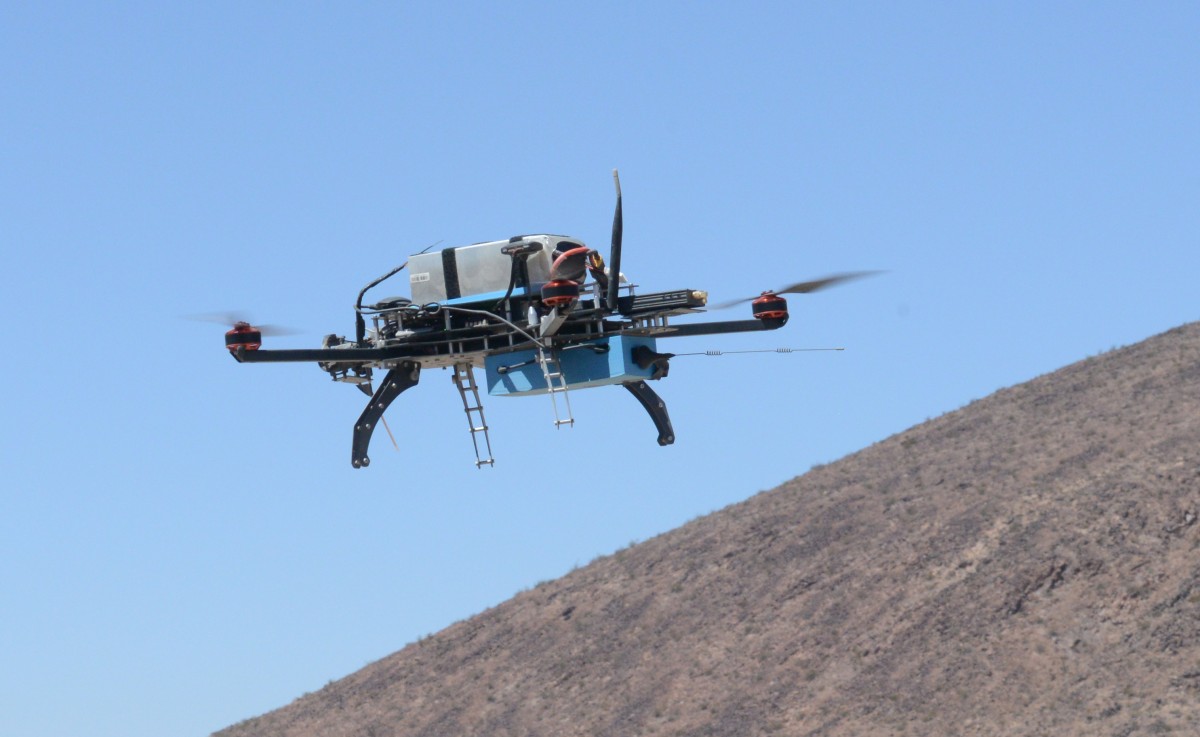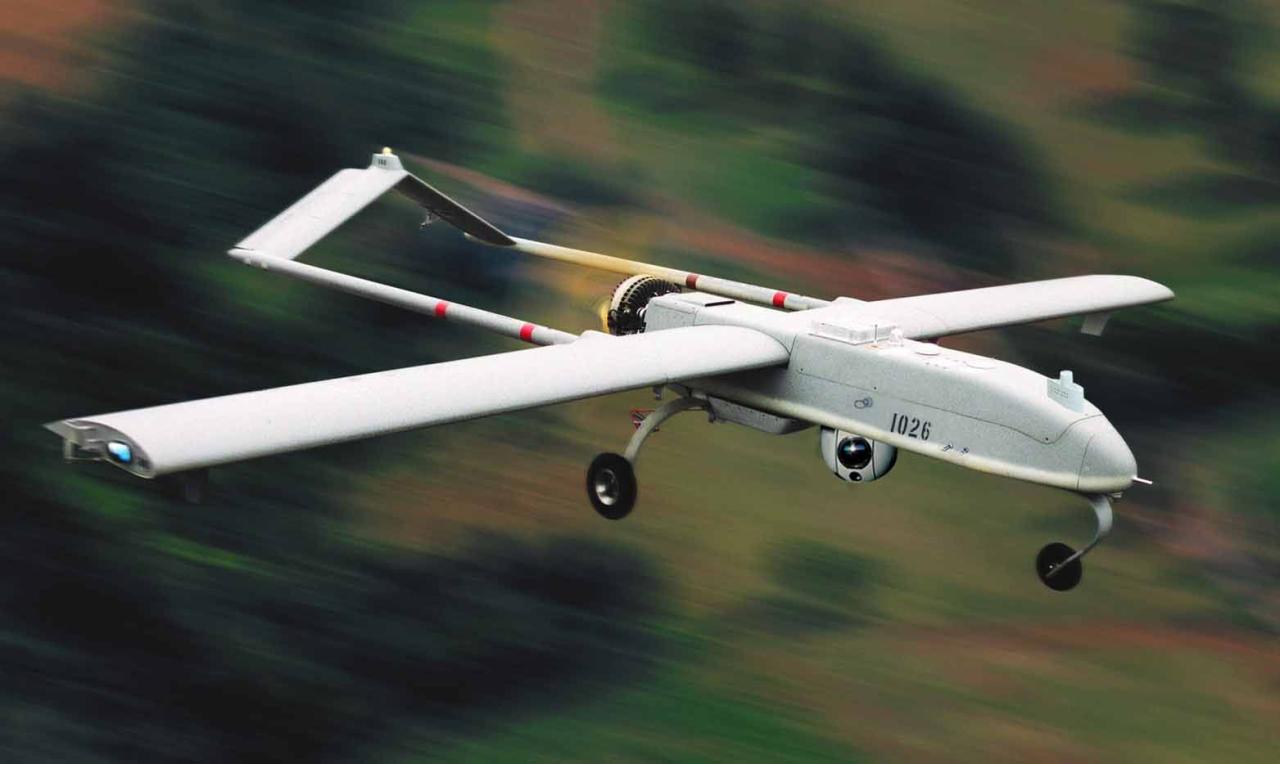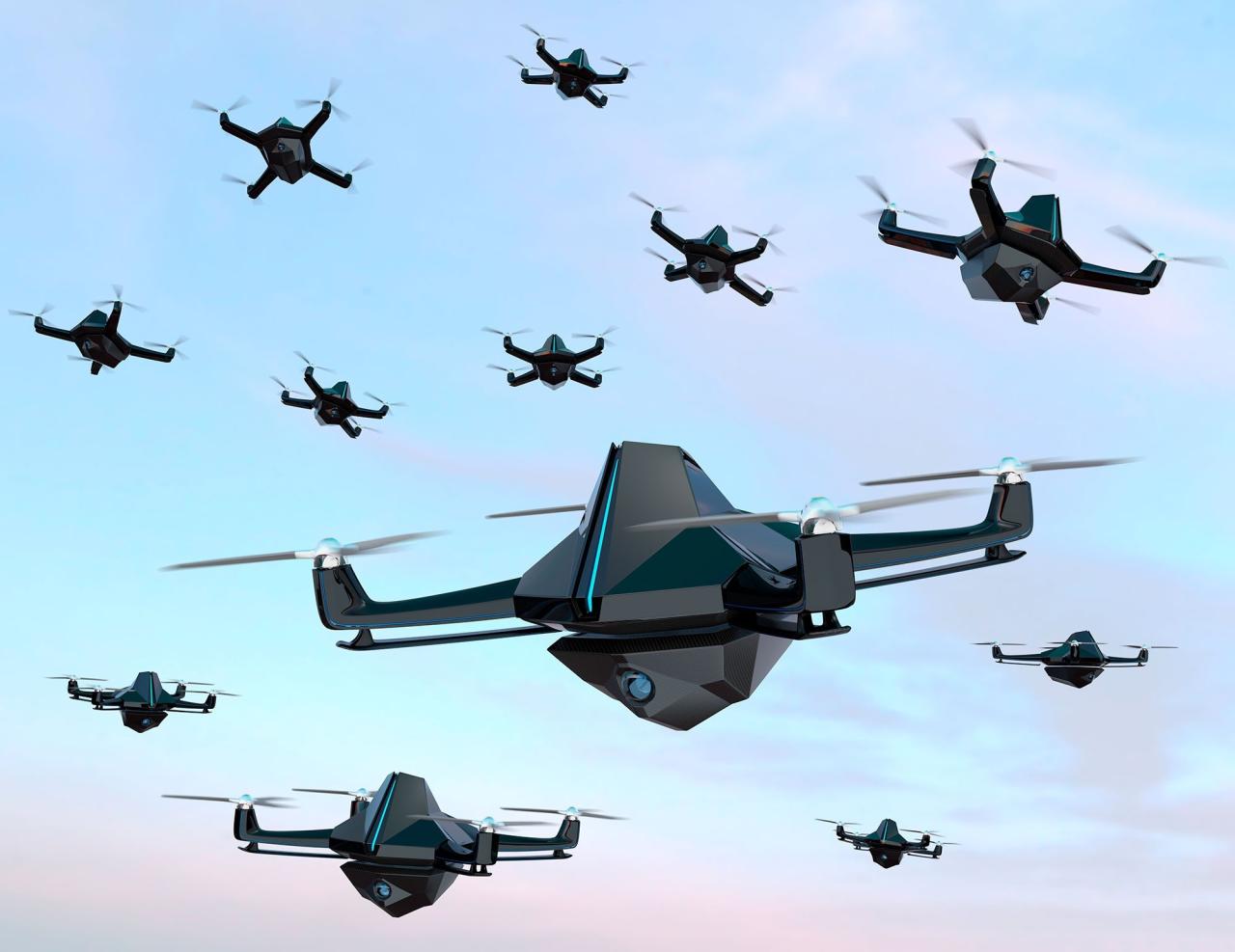Predator drones have revolutionized modern warfare and intelligence gathering. From their initial deployment as relatively simple surveillance platforms, they’ve evolved into sophisticated, highly capable unmanned aerial vehicles (UAVs) packing advanced sensors, communication systems, and lethal weaponry. This evolution, however, has sparked intense ethical and legal debates, alongside significant societal and political ramifications. We’ll explore the technological advancements, military applications, ethical concerns, and future implications of this powerful technology.
This exploration will delve into the specifics of various Predator drone models, comparing their capabilities and examining their roles in past conflicts. We’ll also analyze the impact of AI on their functionality, the legal frameworks governing their use, and the broader societal impact of this transformative technology. Get ready for a comprehensive overview of this controversial yet influential technology.
Predator Drone Technology: A Deep Dive

Predator drones, unmanned aerial vehicles (UAVs) capable of carrying out surveillance and strike missions, have fundamentally reshaped modern warfare and intelligence gathering. Their evolution, from relatively simple reconnaissance platforms to sophisticated, AI-assisted weapons systems, is a testament to rapid technological advancements. This exploration delves into the technological underpinnings, military applications, ethical considerations, societal impacts, and future projections of these powerful machines.
Technological Aspects of Predator Drones
The Predator drone lineage traces back to the General Atomics MQ-1 Predator, initially designed for reconnaissance. Subsequent iterations, such as the MQ-9 Reaper, significantly enhanced capabilities. Key technological components include advanced sensors (electro-optical/infrared cameras, synthetic aperture radar), robust communication systems (satellite links for long-range operation), and sophisticated weapon systems (Hellfire missiles, guided bombs). The MQ-9 Reaper, for instance, boasts a much larger payload and longer endurance compared to its predecessor.
Artificial intelligence (AI) integration is rapidly improving autonomous flight capabilities, target recognition, and mission planning. This allows for more efficient and potentially less risky operations.
Predator Drone Model Comparison
The following table compares the specifications of three prominent Predator drone models, highlighting their varying capabilities and mission profiles.
| Model | Range (km) | Payload (kg) | Endurance (hours) |
|---|---|---|---|
| MQ-1 Predator | 1200 | 150 | 40 |
| MQ-9 Reaper | 2400 | 1700 | 27 |
| RQ-4 Global Hawk | 20000+ | 1360 | 30 |
Military Applications and Use Cases

Predator drones offer significant strategic and tactical advantages in military operations. Their ability to conduct persistent surveillance, gather real-time intelligence, and execute precision strikes with minimal risk to human pilots has proven invaluable. Successful deployments in Afghanistan, Iraq, and other conflict zones have demonstrated their effectiveness in targeting high-value individuals, disrupting insurgent activities, and providing crucial battlefield intelligence. Compared to manned aircraft, Predator drones offer cost-effectiveness, extended operational reach, and reduced logistical demands.
Predator drones, known for their military applications, are a far cry from the recreational drones you might find at a local retailer. If you’re looking for something less intense, check out the selection of drones available at Canadian Tire – you can find them easily by visiting this link: drone canadian tire. While vastly different in purpose, both types highlight the evolving technology and diverse uses of unmanned aerial vehicles.
However, they are not a replacement for all types of military aircraft; manned aircraft are still necessary for certain missions requiring speed, maneuverability, and human decision-making in complex situations.
Hypothetical Predator Drone Deployment

Consider a scenario where a terrorist group is planning an attack in a densely populated urban area. Predator drones could be deployed to conduct persistent surveillance, identifying potential targets and gathering intelligence. Once the threat is confirmed, a precision strike could be launched, minimizing civilian casualties while neutralizing the threat. Post-strike surveillance would confirm the effectiveness of the operation and gather further intelligence.
Predator drones, those unmanned aerial vehicles, are pretty high-tech. Thinking about their sophisticated systems got me wondering about long words, and I stumbled upon a list of 17 letter words starting with ai , which is surprisingly relevant considering the complex technology involved in their design and operation. The level of engineering behind both is fascinating; from the drone’s targeting systems to the sheer length of those words.
It makes you appreciate the intricate details involved.
Ethical and Legal Considerations
The use of Predator drones raises significant ethical and legal concerns. The potential for civilian casualties during strikes has been a major point of contention. International law, particularly the principles of distinction and proportionality in warfare, needs to be carefully considered. There are ongoing debates regarding the legality of targeted killings and the accountability of drone operators.
The lack of transparency surrounding drone operations also contributes to ethical concerns.
- International Humanitarian Law (IHL)
- UN Charter
- Various national laws and regulations on the use of force
Societal and Political Impacts

Predator drone technology has profoundly impacted public opinion, fueling debates about the nature of warfare and the erosion of privacy. Media coverage, often sensationalized, has shaped public perceptions. The use of drones in targeted killings has intensified the debate surrounding assassination and the legitimacy of extrajudicial killings. The information flow from drone operations to policymakers and the public is complex and often indirect, involving various levels of intelligence analysis and political considerations.
Predator drones, known for their surveillance capabilities, are a fascinating piece of military technology. But if you’re looking for a drone for hobbyist use, check out the amazing deals at this year’s drone boxing day sale ; you might find something surprisingly powerful (though hopefully not Predator-powerful!). Whether you’re a seasoned pro or a curious beginner, there’s a drone for everyone, a far cry from the military applications of a predator drone.
A simplified representation would involve the drone collecting data, transmitting it to intelligence agencies, then to policymakers, and finally, filtered information reaching the public through media outlets.
Future Developments and Trends, Predator drone
Future advancements in Predator drone technology will likely focus on greater autonomy, enhanced AI capabilities, and improved sensor technologies. The proliferation of drone technology raises concerns about its potential misuse, requiring international cooperation to establish norms and regulations. Swarm technology, allowing coordinated operation of multiple drones, will significantly increase operational capabilities. Advancements in materials science will lead to lighter, stronger, and more durable drones with extended flight endurance.
The integration of hypersonic technologies could also enhance the speed and range of future drone models.
Final Review
Predator drones represent a complex technological and ethical challenge. Their capacity for precision strikes and intelligence gathering is undeniable, yet the associated risks of civilian casualties and the potential for misuse demand careful consideration. As technology continues to advance, fostering a robust international legal framework and a public discourse grounded in ethical considerations is crucial to ensure responsible development and deployment of this powerful tool.
The future of Predator drone technology will be shaped by our collective ability to navigate these complexities effectively.
Expert Answers
What is the lifespan of a Predator drone?
Lifespan varies depending on model and usage, but generally ranges from several years to a decade with proper maintenance.
How are Predator drones controlled?
They are remotely piloted by operators on the ground via satellite communication links, though autonomous features are increasingly incorporated.
What types of sensors do Predator drones utilize?
Common sensors include electro-optical/infrared (EO/IR) cameras, synthetic aperture radar (SAR), and signals intelligence (SIGINT) systems.
What are the limitations of Predator drones?
Limitations include vulnerability to electronic warfare, weather dependence, and range constraints, along with ethical concerns regarding civilian casualties.
